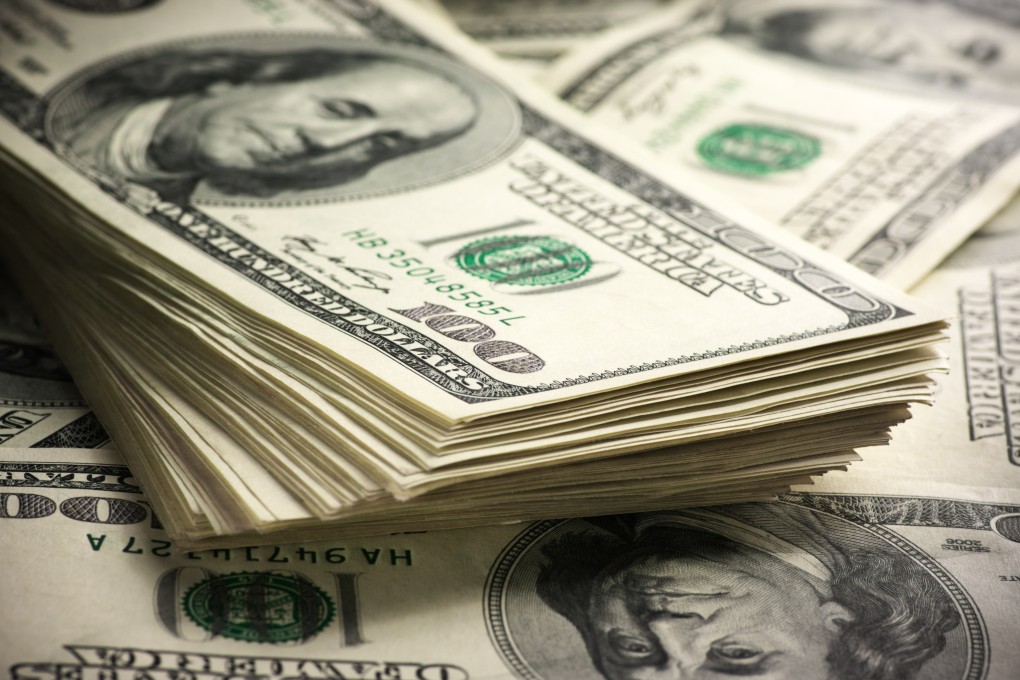My Take | Bubbles not a glitch but a feature of US capitalism
- Storied investor Jeremy Grantham explains how the US monetary system administered by the Federal Reserve enriches a few but impoverishes the rest

How did the bankrupt and corrupt Soviet system survive for so long? One popular explanation is that the Soviet governing edifice, though crumbling, served the interests of a bureaucratic elite.
What reminds me of this today is the latest note written by storied investor Jeremy Grantham. Following on from his warning a year ago, he now predicts the impending bursting of the “US bubble extravaganza in housing, equities, bonds and commodities”.
I have no idea if he is right about the current state of the global capital markets. But what I find intriguing is his take on the instabilities and inequities created by contemporary American capitalism via the monetary system administered by the US Federal Reserve.
“The US has seen three great asset bubbles in 25 years, far more than normal,” he wrote. “Why on Earth would the Fed not only have allowed these events but should have actually encouraged and facilitated them[?]” he wrote.
A fourth one, which he describes as a super-bubble, is about to burst in the US. Whenever the economy tanks or a bubble bursts, everyone hurts. But then, the US Fed comes to the rescue with massive liquidity, inflating the assets of the 1 per cent while the rest are still hurting, especially the poor. Every liquidity bailout creates unimaginable wealth for a tiny minority at the expense of the rest.
Why defend a system with such known fatal flaws? Would engineers use the same design if it keeps crashing? It’s an old criticism of the Fed since Alan Greenspan: no intervention when bubbles form, but massive intervention when they burst.
